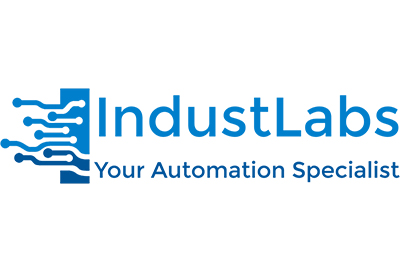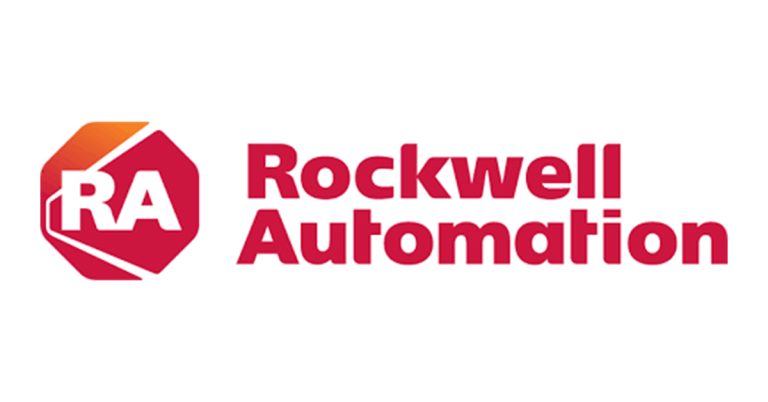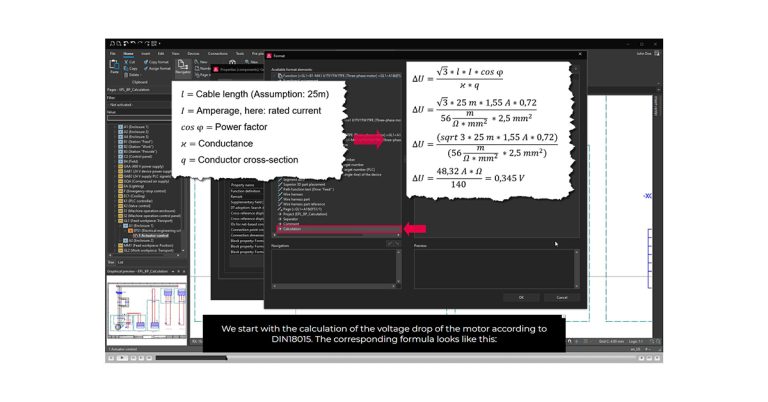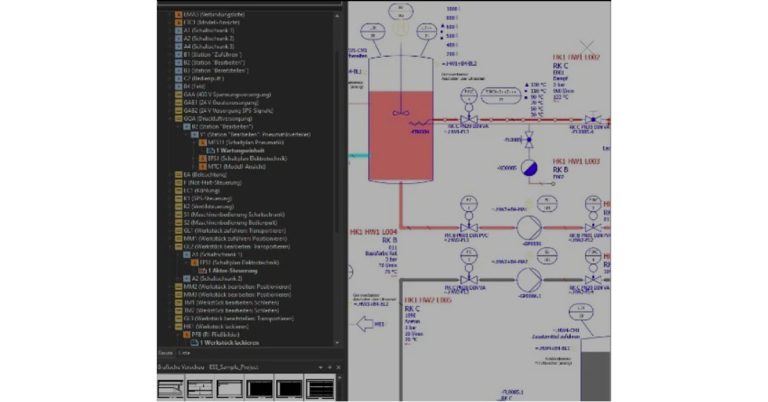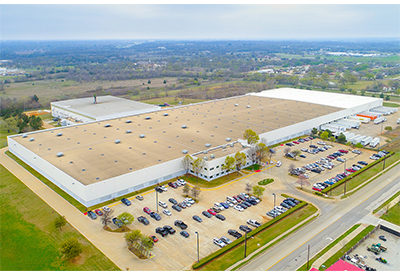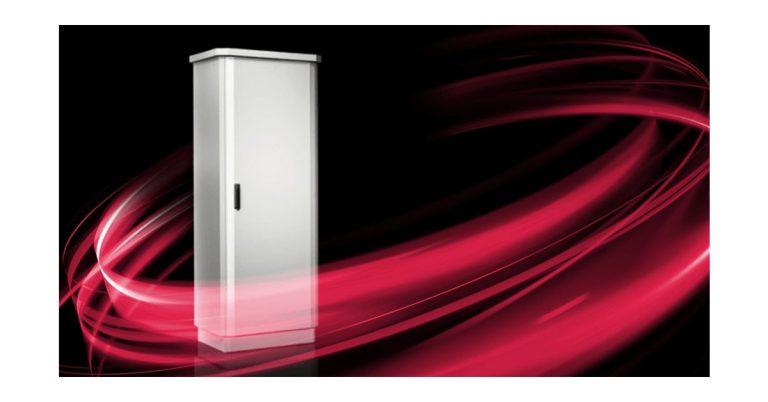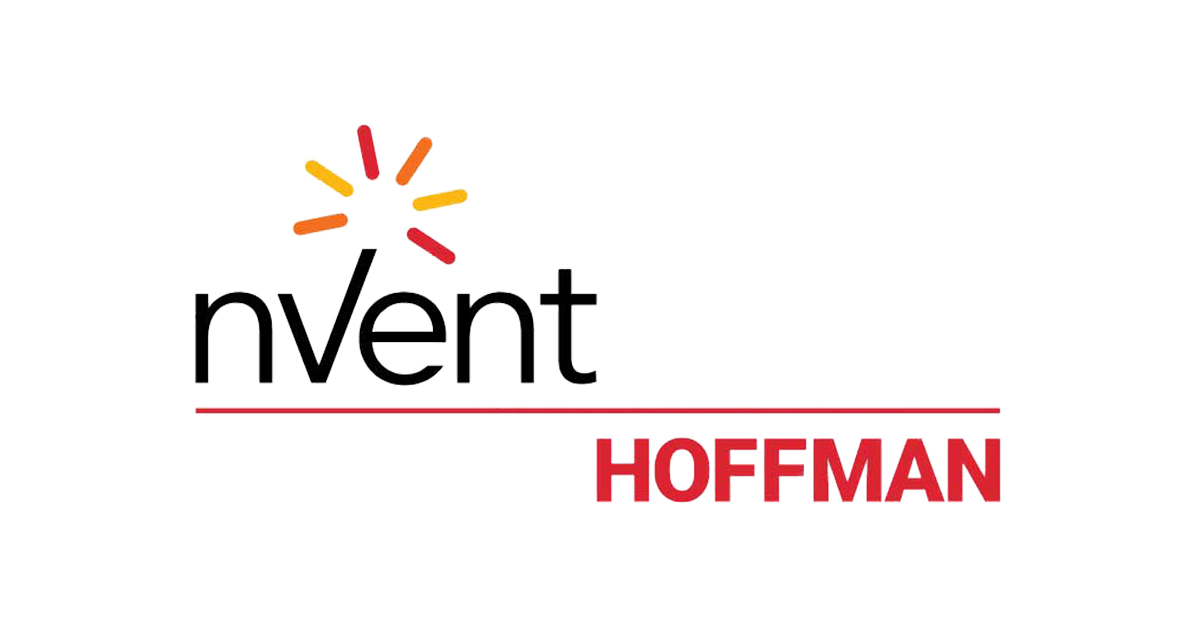Quick Tips for Fixing Issues With Barcode Reading Position
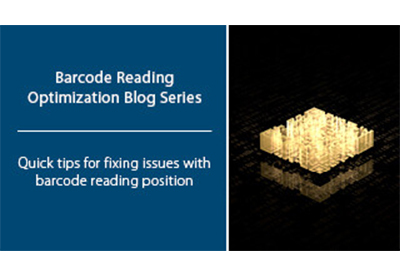
January 18, 2021
On any production line, it’s imperative to keep things moving. No-reads caused by faulty barcodes or unreliable readers can significantly hamper production by wasting both time and materials. Fortunately, there are several possible solutions for barcode reading problems, depending on what’s causing the issue.
In some cases, a readable barcode may receive a no-read result simply because of its position relative to the reader. Some readers have unique requirements for focal distances (which are often limited by internal optics), angles or orientations. The reader’s depth of field determines where it must be positioned in order to decode reliably.
Reading angle and barcode presentation angle can have an impact
In addition to the distance, the angle at which a barcode reader scans or captures images of a symbol can also impact its read performance. Mounting a reader perpendicular to a code may cause specular reflection that can hamper its ability to capture the entire code in high enough contrast. This would cause a no-read result even if the code is flawless.
No-reads can also occur if a barcode is presented to the reader at a particular rotation or orientation that’s not accommodated by the reader’s technology. Laser barcode scanners, for instance, must always be oriented so that the laser’s scan line is perpendicular to the bars of the code. If the scan line doesn’t cross all symbol elements, it won’t be properly decoded.
Possible solutions for reading position issues
It’s important to refer to a barcode reader’s technical specifications to make sure that the limitations and requirements of its position relative to a code won’t be a problem. If application constraints are a major concern, you can employ a barcode reader that’s designed for unpredictable distances, angles and orientations.
For instance, barcode readers with built-in autofocus can reliably decode symbols at variable distances within their depths of field without manual focal adjustment. Even more capable are liquid lens autofocus barcode readers, which contain actual liquid that gets manipulated to change the lens curvature and adjust it to practically infinite focal distances.
Managing applications with space constraints
Applications with varying read angles and specific mounting requirements may benefit more from barcode imagers than laser scanners. Imagers use built-in cameras to capture images of codes rather than relying on reflective laser beams, so they’re less likely to be obstructed by specular reflections when the imager is mounted perpendicular to the code.
Barcode imagers can also read codes in any orientation, and therefore don’t need to be mounted at the same rotation as the code to ensure a reliable read. In fact, they’re often the best choice in applications where codes are hand-applied to parts or where parts are fed into equipment in unpredictable orientations.
For applications with space constraints and geometric challenges, mounting options may be severely limited. Right-angle mirrors can be incorporated in these cases to help readers “see” codes even when they’re not positioned in direct view of them. Many readers use special algorithms to decode mirrored images of barcodes that appear “flipped.”
![]()
https://automation.omron.com/en/us/blog/barcode-positioning-tips

